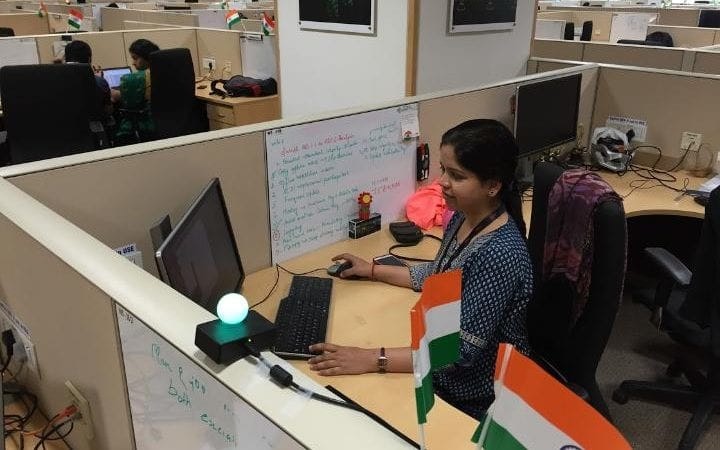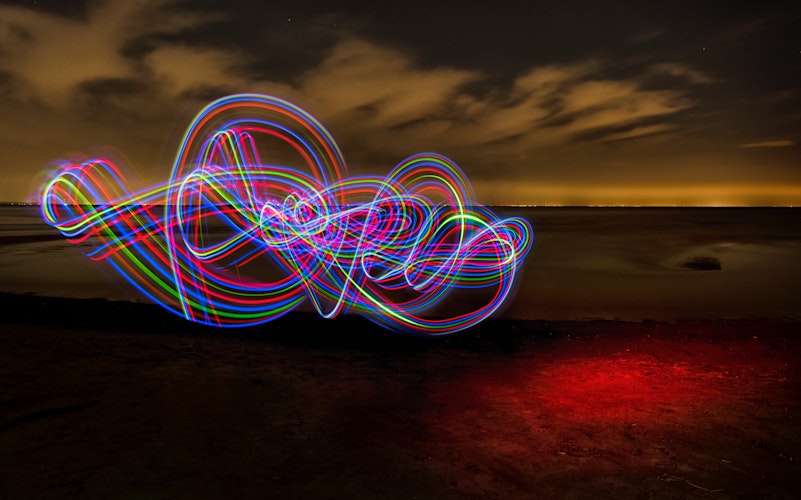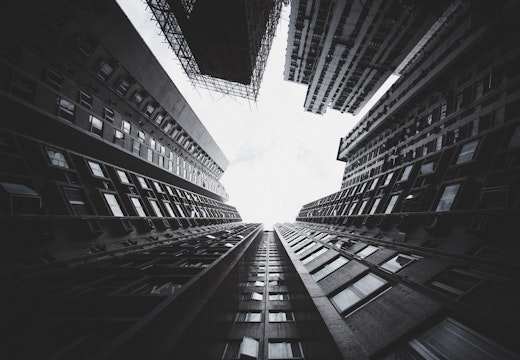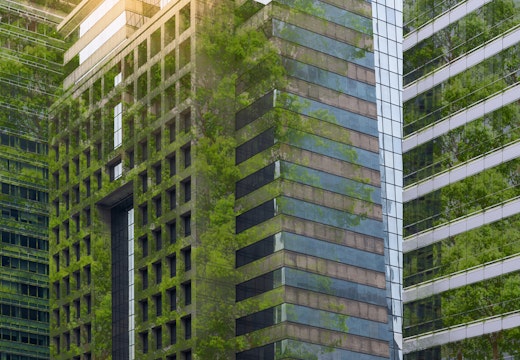Making light work of constant distractions in open plan space
Having trouble getting ‘into flow’ in the office environment? A new traffic light system promising to cut down interruptions has reopened a familiar debate about the trials of working in open plan
A new desktop traffic light system designed to help constantly interrupted office workers ‘get into flow’ has reignited a familiar global debate about whether anything useful can ever be achieved in noisy, open plan workplaces.
FlowLight is the name of a Canadian device invented by computer scientist Thomas Fritz of the University of British Columbia with David Sheppard of engineering firm ABB. It turns colour from green to red when the device’s algorithm detects an increase in keyboard use and mouse clicks, indicating workers are ‘in the zone’ and don’t want to be disturbed.
Reducing the number of interruptions by 46 per cent..
When the inventors of FlowLight presented their new system at the CHI 2017 conference in Denver, Colorado in May, they produced research showing that the device reduced the total number of interruptions in the office by nearly half, making people more respectful of colleagues trying to concentrate. The study was conducted with 450 ABB employees at 15 locations in 12 countries

Some experts pointed out that frenetic keyboard use or frantic mouse clicking are not always symptomatic of deep concentration or productive work. Others deemed the FlowLight system worthy of George Orwell’s Ministry of Truth.
But at least it marks an improvement on previous attempts at ‘do not disturb’ in the open plan office. Software developers at ABB, the company that tested the FlowLight device, had resorted to putting traffic cones on their desks when they didn’t wanted to be interrupted. I also remember managers at the UK supermarket chain Asda wearing garish baseball caps in order to get a little peace and quiet.
In London, The Times couldn’t resist having fun with it. Its leader article argued that two lights weren’t enough and suggested a host of others, including:
Amber light: ‘I am not actually working but definitely plan to start working once I’ve read this status update on Facebook…’
Blue light: ‘I am browsing a website that, while not actually pornography, probably features at least one Kardashian in swimwear…’’
Purple light: ‘I am doing a very important job but not one that is actually part of my job. This online mortage application isn’t going to do itself…’
Pink light: ‘I am sending a bitchy email about the person sitting opposite me to the person sitting next to me. Feel free to approach with caution provided you don’t let on’
Turquoise light: I have left the office but want you to think I have not, and did not have a spare jacket to hang on the back of my chair…’
Ultraviolet light: ‘I am going on holiday next week and working on my tan…’
Clearly impervious to sarcasm, inventor Dr Fritz and his PhD student Manuela Züger from the University of Zurich are now working on a FlowLight follow-up with companies in Vancouver to determine whether the device could use biometric sensors to detect heart rate variation, pupil dilation, eye blinks or even brainwave activity.
One wonders what the world’s leading expert on getting into ‘flow’ would make of it all. Hungarian psychologist Mihaly Csikszentmihaly is the best-selling author of Flow and has spent a highly distinguished career studying how creative knowledge workers get into the ‘optimal experience’ of total involvement with certain types of work, and on achieving a state of consciousness so satisfying and a state of concentration so total that all surrounding distractions are completely shut out.
In a state of flow we experience a sense of ecstasy
From his research, Csikszentmihaly deduced that a state of flow is achieved when we feel a number of things: we are completely involved in what we are doing – focused, concentrated; we experience a sense of ecstasy – of being outside everyday reality; we feel great inner clarity – of knowing what needs to be done and how well we are doing; we accept that the act is doable and that our skills are adequate to the task; we feel a sense of serenity and of timelessness – thoroughly focused on the present, hours seem to pass like minutes; finally, there is intrinsic motivation – whatever produces flow becomes its own reward.
Csikszentmihaly has explained that it is the relationship between the scale of the challenge and the ability of the individual to meet that challenge that unlocks the ‘optimal experience’ of flow. When the challenge is great but the skill level is much lower, the result is anxiety. When the opposite is true, the result is apathy. When a high level of challenge meets a high level of ability to meet that challenge, then flow can be achieved.
No mention of desktop LED traffic lights…but, hey, if you’re being constantly interrupted by colleagues then you’ve little chance of meeting a high-level challenge in the first place.








